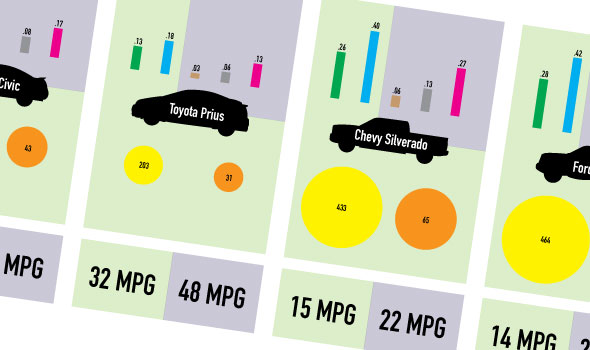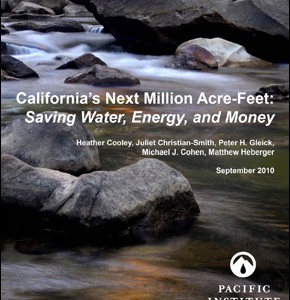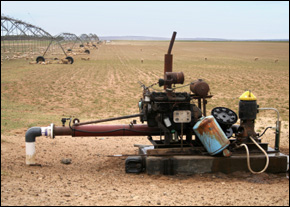Infographic: Water Use Per Mile Driven — Biofuels vs. Fossil Fuels
A breakdown of gallons of water used by transportation fuels per mile.
The Advanced Energy Initiative signed by President George W. Bush in 2006 aims to replace 30 percent of the nation’s current gasoline needs with domestically grown and refined biofuels by 2030. If achieved, ethanol production, which reached 5 billion gallons four years ago, will grow to 60 billion gallons per year.
Other domestic fuel alternatives include biodiesel, emerging forms of biofuel production, as well as oil from shale extraction. But weening the nation off its current petroleum use in the transportation sector could intensively affect regional water use and consumption. “Water quantity and quality issues are tied to both the energy feedstock production and fuel processing for all of the alternative non-conventional fuels,” according to a 2007 report from the Sandia National Laboratories, a U.S. Department of Energy research and development lab. Before the nation takes a greener approach to what it pumps into its cars, here’s a comparison of the water used per mile driven for fossil and biofuels.
Read more about United States water use in the energy sector on Circle of Blue.









Leave a Reply
Want to join the discussion?Feel free to contribute!